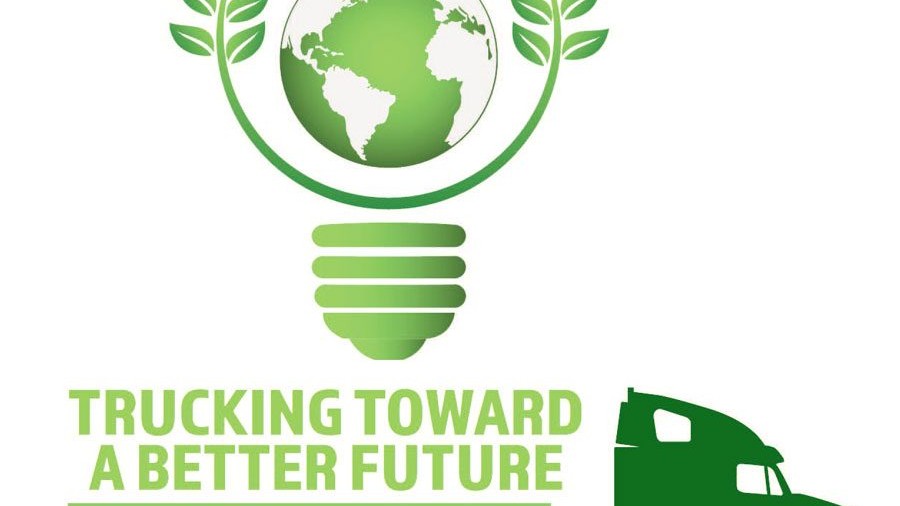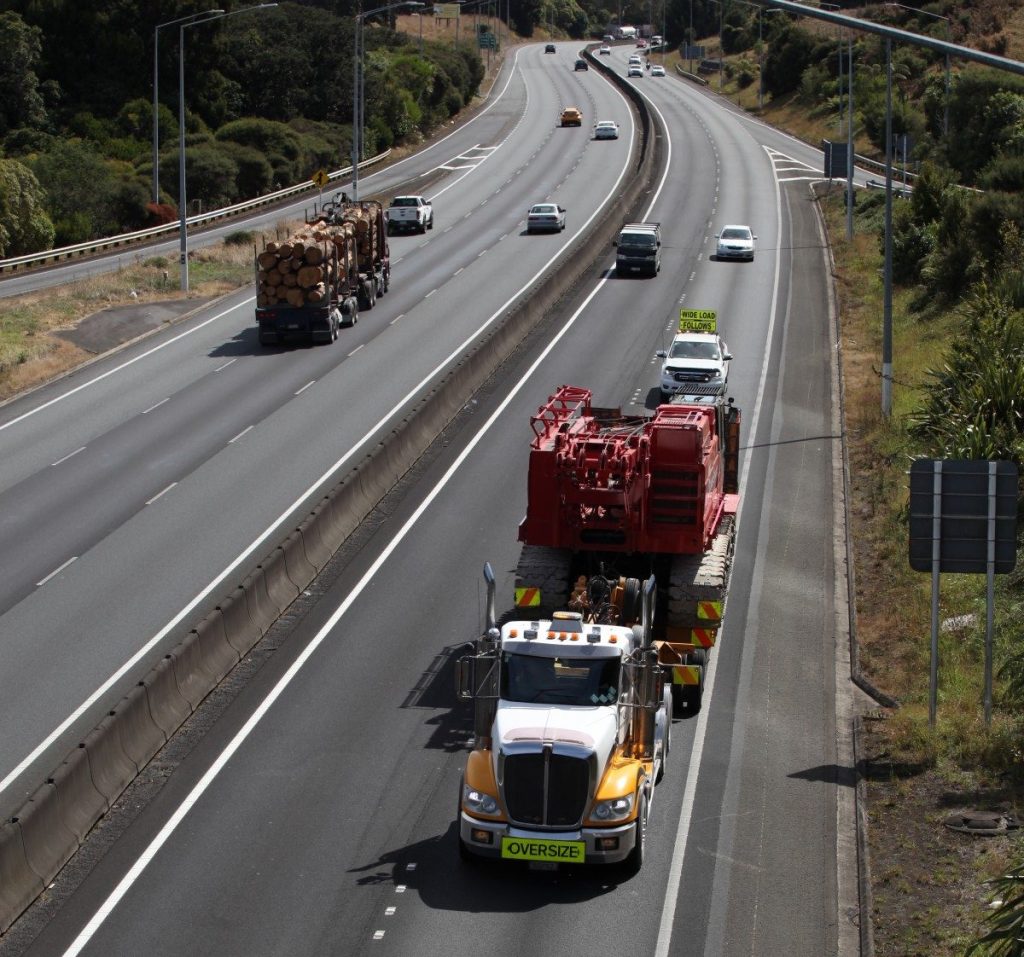Sledgehammers and nuts. Will the real problem please stand up?

Lindsay Wood offers some inspirational thinking for the 2023 Trucking Toward a Better Future competition.
“If I had an hour to solve a problem,” Albert Einstein famously said, “I’d spend 55 minutes thinking about the problem and five minutes thinking about solutions.”
We’re such a solution-focussed species we often jump automatically to “answers” before we really understand the problem they’re trying to solve, when a key to solving any problem well is to ensure its fundamentals are clearly understood.
The construction sector is full of assumptions causing badly solved problems. Some are blindingly obvious (like a multi-million-dollar prison security fence where it only needed a line painting on the ground), and some less so (like garages that cost miles more than the cars they are to house, and often become storerooms with the cars parked outside).
I was once involved in a major housing refurbishment programme when a fresh “kick-start the economy” government scheme allocated $5 million for extra work. In a trice the programme manager decided to refurbish 300 bathrooms.
It didn’t matter whether the bathrooms had only just been refurbished, whether other work was screaming out to be done on the house, or even if the building was scheduled for demolition, it got its bathroom made over.
The manager assumed the problem was ‘spend the money ASAP with minimal managerial effort’. And if Government saw the problem purely as getting cash into workers’ pockets so it could be spent and nudge the economy along, then the manager wasn’t so wide of the mark. But I’d guarantee Einstein, or even Fred Flintstone, would quickly devise much better ways of framing the problem, resulting in the same spend having far better effect.
This issue is so common it’s led to the well-known saying – ‘ASSUME makes an ASS out of U and ME’ – and underpins the famous parable about six blind people trying to decide what an elephant is. They can each only feel one part, and then assume their particular part is something they already know.

So, what about assumptions behind deciding to widen a motorway feeding into a city?
- It’s an individual’s choice how, where and when they drive, and it’s okay if huge numbers drive at the same time in separate, almost-empty cars.
- Commuter congestion is unacceptable, but it’s a valid result of assumption 1, even if the highway runs well below capacity the rest of the time.
- Expanding road capacity is an appropriate means of easing congestion.
- It’s the government’s responsibility to expand highways to ease congestion.
- It’s okay if, in a few years, the expanded highway attracts increased traffic that causes renewed congestion on a bigger scale.
- If the increased traffic discharging into a city causes extra urban congestion, it’s the council’s responsibility to sort it.
Without unpicking all the details, the reality is that most large urban arterials are built on the assumption that Government must cater for any number of people driving simultaneously on their own, regardless of the huge inefficiency of low occupancy cars or, overall, of the highway itself.
This echoes a well-known phenomenon of a lot of industry, that the benefits of the industry accrue privately, but the costs (often non-monetary, like health impacts or environmental damage) are ‘externalised’ to society. In this case the ‘benefits’ of driving alone are personal but the costs (highway construction, congestion, etc.) are borne by the community.
If only Einstein were here! I’d love to ask what he’d do if he had 55 minutes to understand our commuter traffic problem, and five minutes to nail it. And I bet he wouldn’t be suggesting bigger highways.
Visit nztrucking.co.nz/category/trucking-toward-a-better-future-2023/ for full details on how to enter, and to find more weekly inspirational updates.
– by Lindsay Wood, director, Resilienz




